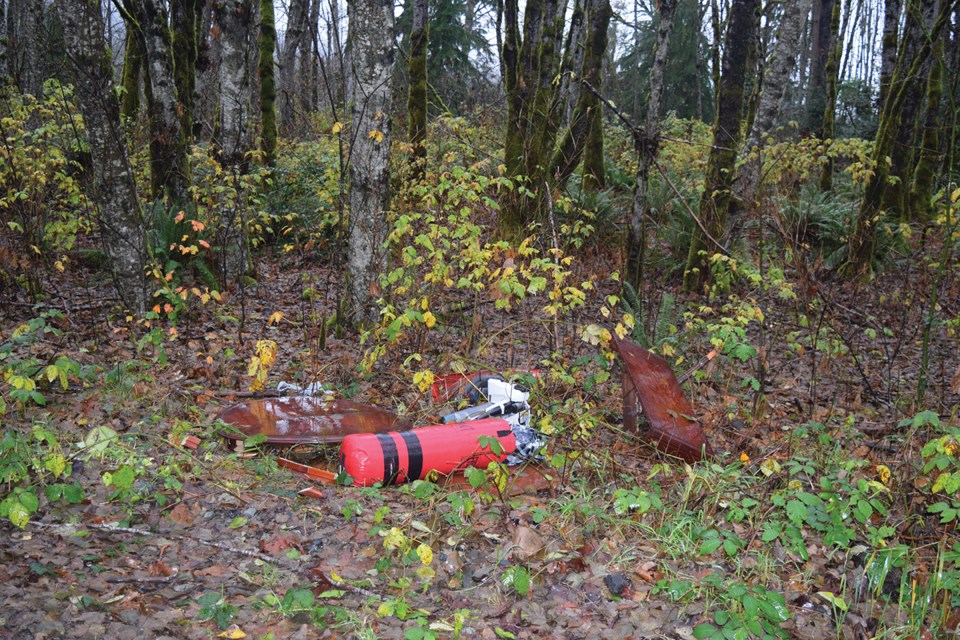Water and wastewater service in Pinecrest and Black Tusk, as well as fire preparedness in the Upper Squamish Valley, are a couple of the key priorities in Area D for Director Tony Rainbow in the near future.
A list of current priorities for the electoral area shows a number of items at various stages for the Squamish-Lillooet Regional District.
“Basically, it’s to help staff with their planning,” Rainbow said.
The list notes whether a project is in current work plans and actions have been undertaken by staff or whether it is in future plans. It also sets out some items for Rainbow as director.
At the top of the list is looking at water and wastewater service for the communities of Pinecrest and Black Tusk in the north part of Area D.
Rainbow attended a recent meeting to look at governance of the water and the wastewater supply. Each has been governed by strata council.
Up to now, they have had a volunteer-run system, but Rainbow said the provincial environment ministry had called for the communities to get systems up to standard or face a shutdown.
“The province is satisfied they’re moving in the right direction,” said Rainbow.
He is not sure about the total cost of work to alter the systems, but expects it could be in the range of $2 million, which would be amortized over 30 years.
“We borrow what’s necessary,” he said, adding there would be some local contributions. They may also look at setting up a wastewater plant.
“With luck, we’ll get to a point where they’re a combined service,” Rainbow added.
Another priority has been community preparation to prevent wildfires in the Upper Squamish Valley.
The group that fights the fires has equipment and is in the process of training, working in conjunction with the regional district’s emergency coordinator, Ryan Wainwright.
Rainbow differentiates between what is happening in the Upper Squamish Valley compared to other rural communities, which support a local department by establishing a local taxation
“It’s not a fire department,” Rainbow said. “They’re aren’t enough people in the Upper Squamish Valley to run a fire department.”
The objective is to have a local group to help contain wildfires from spreading early while waiting for the province, which has jurisdiction, to launch fire suppression. The issue becomes more pressing following fires in areas like the Elaho Valley during the summer of 2015.
Other priorities for Area D include illegal dumping in the Upper Squamish Valley, development around Furry Creek and potential zoning bylaw amendments for Britannia Beach.
The regional district has been looking this past year at measures to combat dumping in the Upper Squamish Valley, such as a ticketing bylaw for infractions and a bylaw officer for enforcement.
Work in Furry Creek could include development of facilities at the beach and protecting the spit and other foreshore areas.



